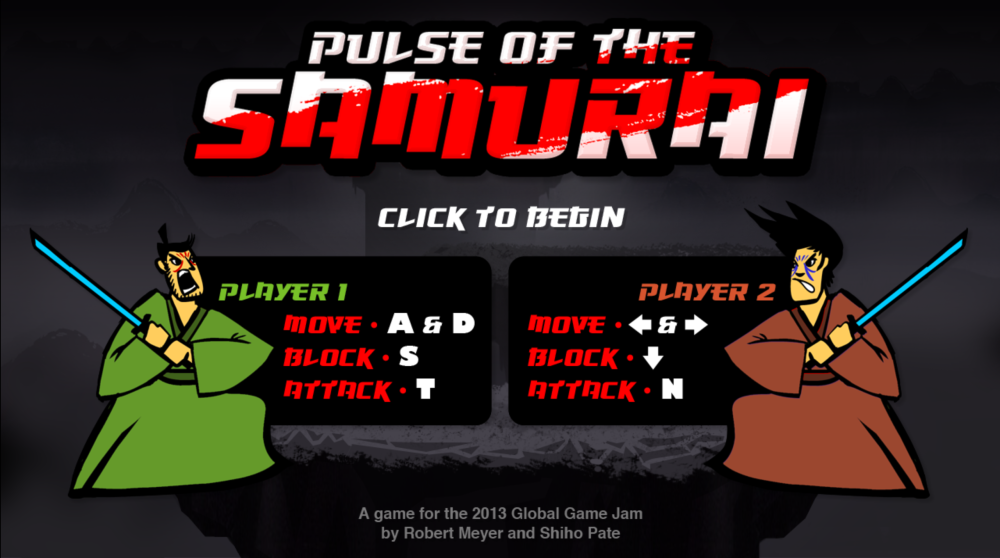A Loving Look at the Narrative Themes in Hayao Miyazaki’s The Wind Rises
[Warning: there are spoilers in this]
The last film from Miyazaki is not a fantastical action-adventure tale that joins the ranks of Porco Rosso, Laputa and Princess Mononoke. It is not a touching, coming-of-age journey to join Spirited Away and Kiki’s Delivery Service. The Wind Rises (Kaze Tachinu) is an entirely realistic, historically-inspired, fictional biography of Jiro Horikoshi, the acclaimed Japanese aircraft engineer during World War II. While it may be partially regrettable that another entry in either of those two aforementioned Miyazaki-mastered genres is not likely to be made, this film is not in any way a disappointment, rather it is a radical triumph and potentially his most narratively complex work.
While masterful in the many ways expected of a Miyzaki feature, the film’s most unique strength is that it manages to convey deeply complex themes through a series of narratives that are elegant in their pacing, touching in their melodrama, but heavily haunted by their context. It’s an eerie, heartbreaking, and wonderful movie. Continue reading















